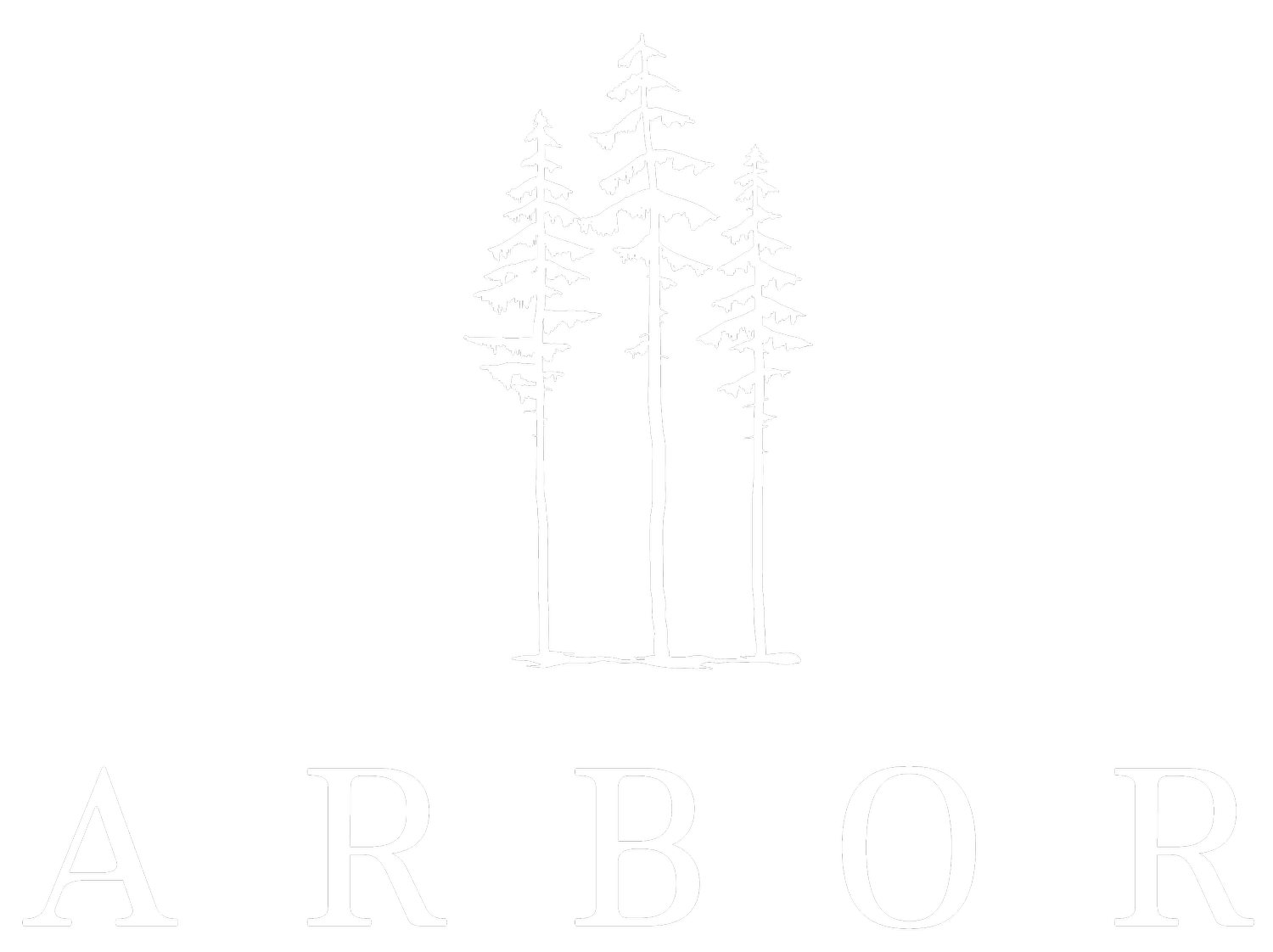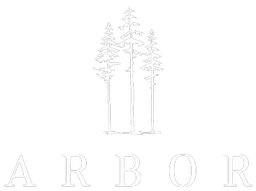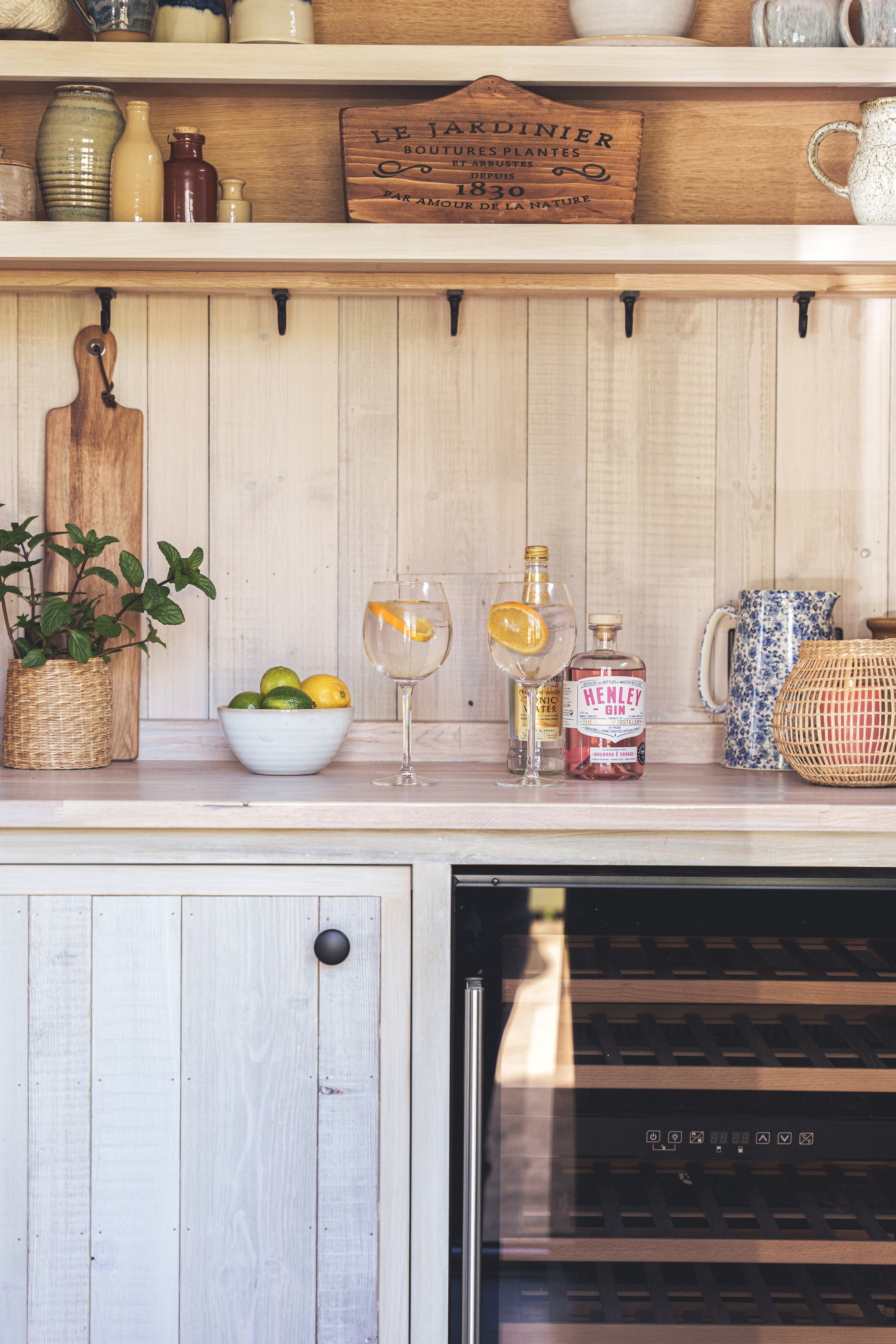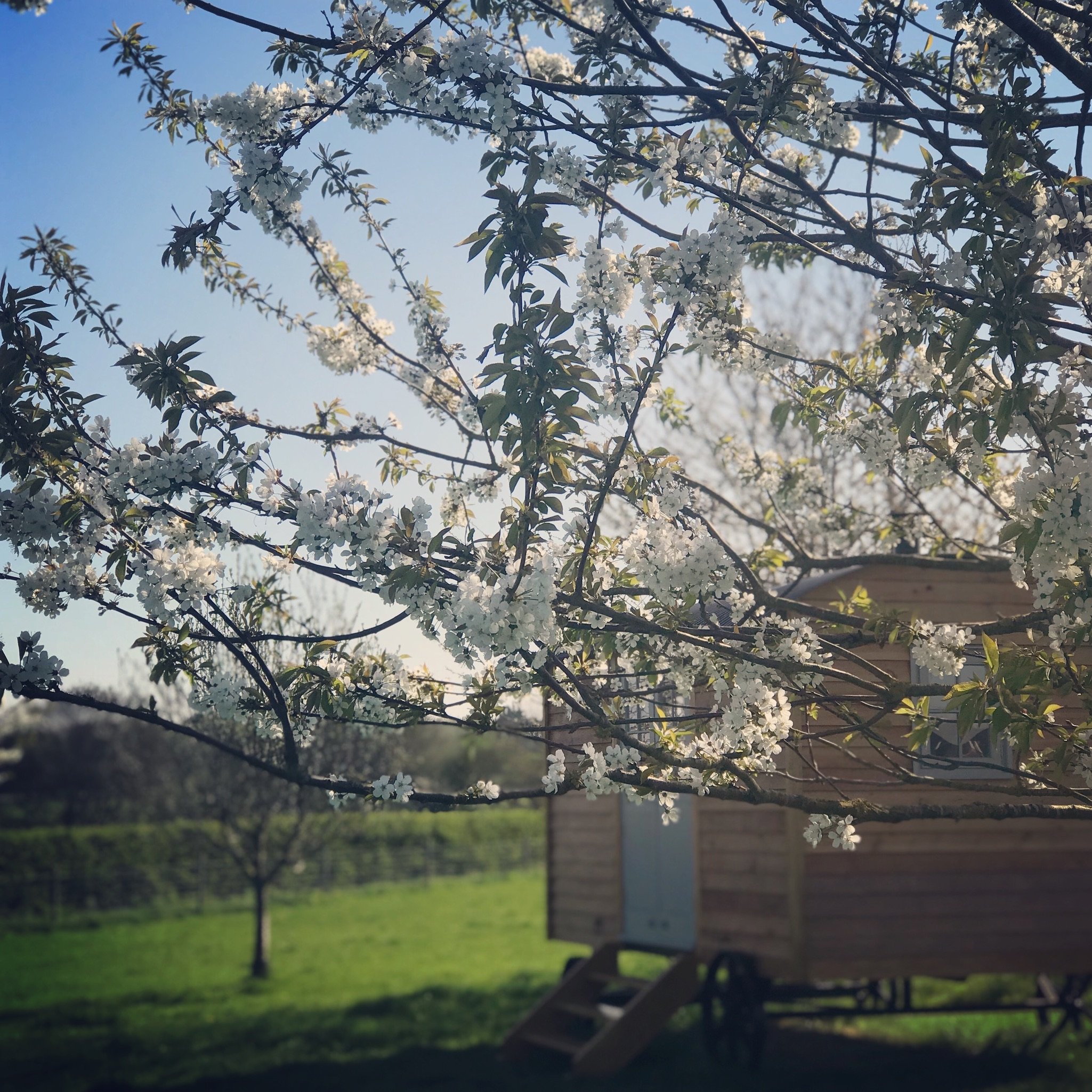
About us
At Arbor, we’re shepherd hut builders who specialise in designing and building beautiful, high-quality huts. All our shepherd huts are handcrafted using traditional techniques and materials and feature high quality, contemporary fixtures and fittings meaning you get the classic look and feel of a shepherds hut along with more modern creature comforts.
Our shepherd huts are perfect for use as guest accommodation, home offices, studios, a stylish getaway in the country or even as coffee shops and kiosks. They can be customised, so you can create a shepherd’s hut that suits you. Find out more about custom and bespoke options in the Arbor Shepherd Huts brochure.
We take pride in our attention to detail and our commitment to sustainability. We use environmentally-friendly materials and construction methods, ensuring that our huts rest gently upon the earth.
Get in touch if you’d like to know more about our shepherds huts for sale and how we build them.



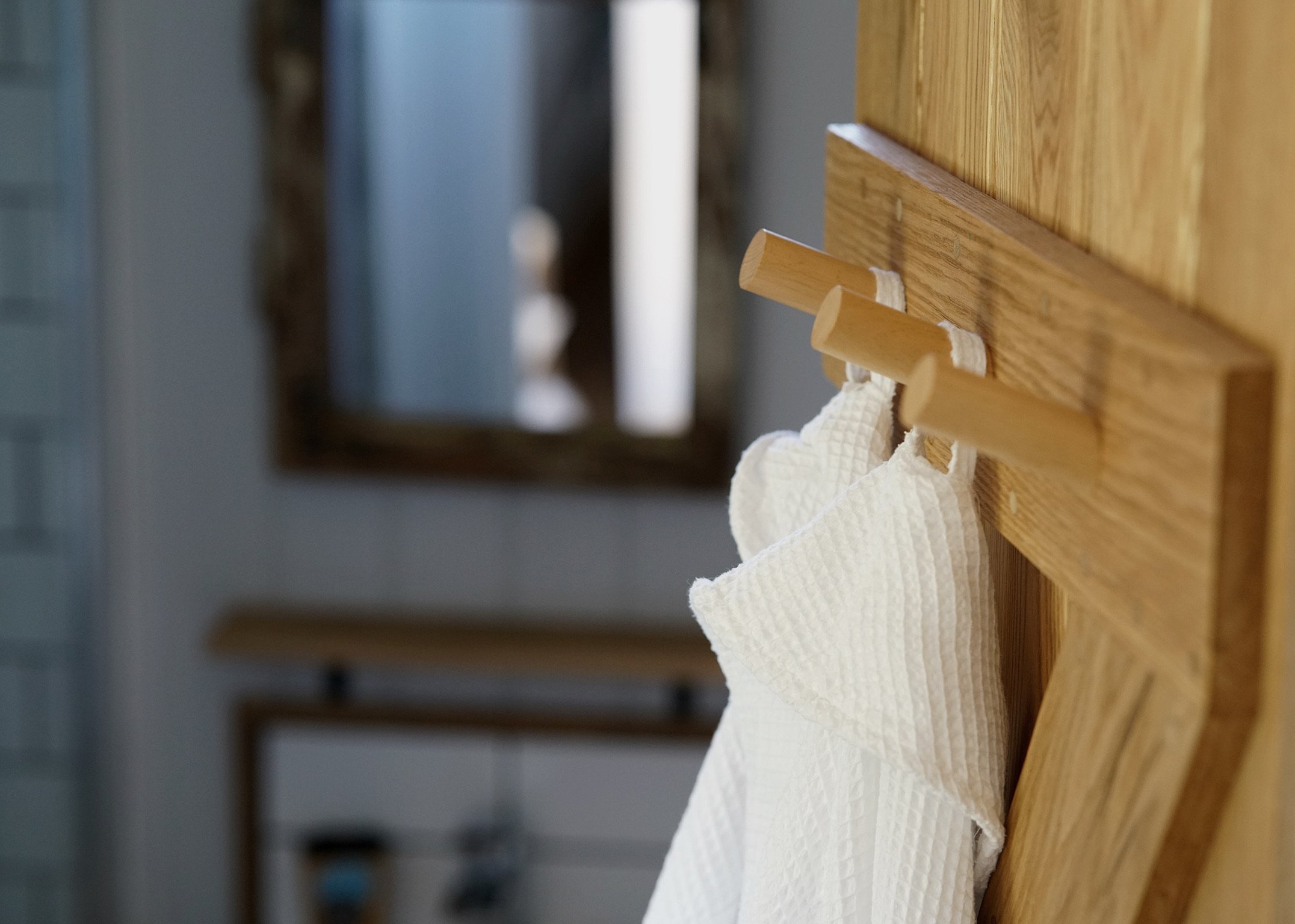
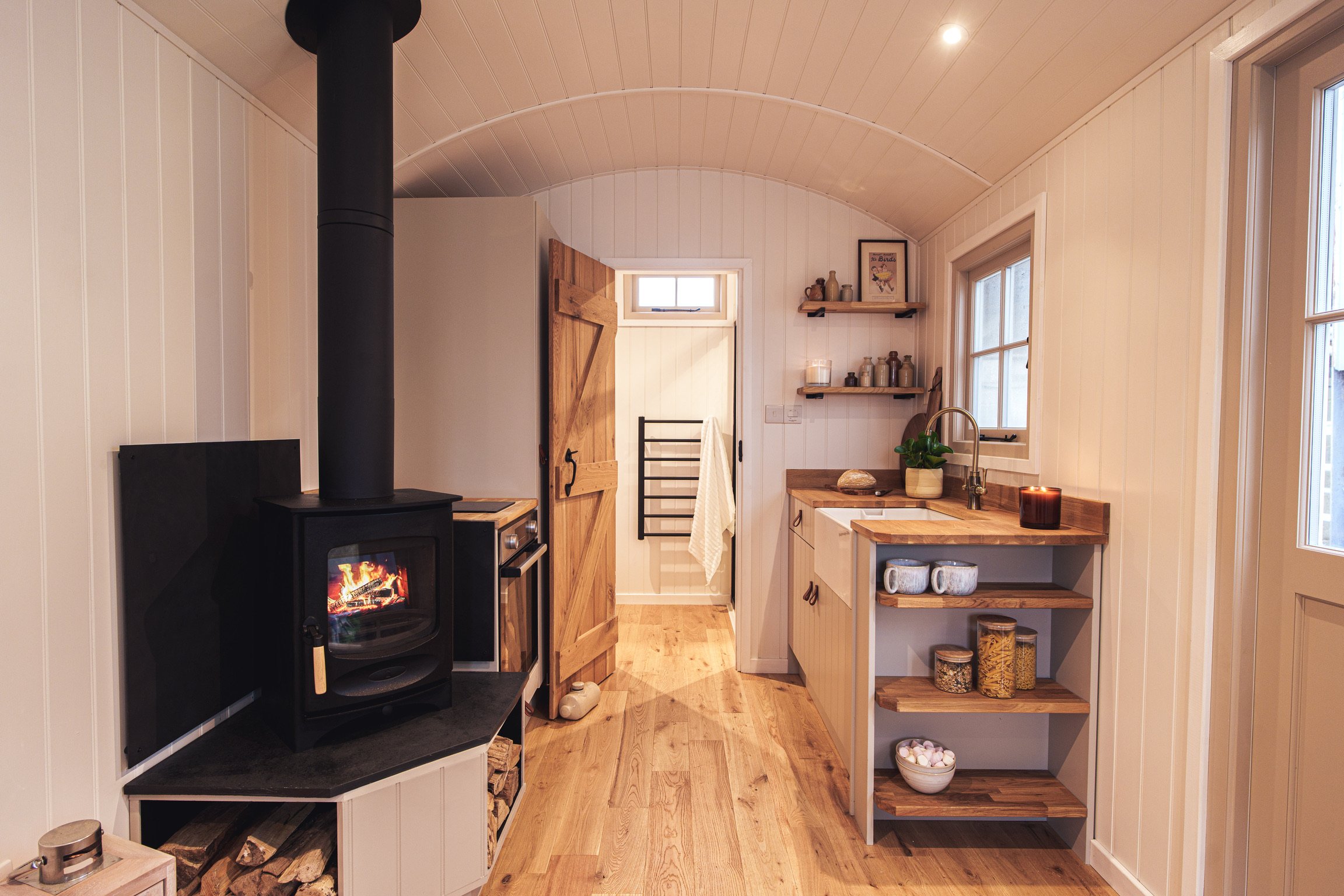

FAQs
-
While each shepherd hut we craft holds a special place in our hearts, The Waltham truly shines as our most popular design. Here's why:
The Waltham offers a spacious and adaptable layout, perfectly suited for a variety of uses. Whether you envision a cosy writer's retreat, a romantic glamping getaway, or even a charming guest room, The Waltham can be configured to fit your dreams.
Comfort knows no bounds: We prioritise comfort in every inch of our huts, and The Waltham is no exception. The generous size allows for a comfortable king bed, a well-equipped kitchen, a bathroom and a delightful seating area with a wood-burning stove, ensuring warmth and ambiance no matter the season.
Timeless design: Inspired by classic shepherds hut aesthetics, The Waltham boasts a curved roof, traditional windows, and beautiful timber or corrugated cladding. But don't be fooled by its rustic charm - the interior is thoughtfully designed with modern touches, creating a space that's both inviting and effortlessly stylish.
Customisation awaits: While The Waltham excels in its base form, the true magic lies in its potential for personalisation. From choosing the perfect paint colour to adding bespoke features, we can tailor The Waltham to your unique vision.
-
We offer a range of different asset finance options on all our shepherd huts through our partner Portman Group. Get in touch today to discuss the finance available when buying a shepherd hut from Arbor.
-
One of the great advantages of shepherd’s huts, is that they offer the same level of comfort as a cabin or a pod. But unlike permanent structures they don’t, in the vast majority of cases, require planning permission for private use. Shepherd huts also hold their value really well, and are easy to move and sell if you move or your circumstances change.
-
We will deliver direct to you, using our experienced transport partner. We will make sure that they are set up, working with your on site ground team and of course we will undertake a final snagging review - there really shouldn't be any at this point but we like to be sure.
-
All of our shepherd huts come with a number of standard options as part of the base price you see in the brochure and website. These options include paint colour, exterior finish and fit out. This means you have a choice of different colours and exterior finishes at no extra cost. In addition we offer a range of bespoke items, e.g. underfloor heating; wood burning stove; premium interior cladding upgrade etc. to your shepherds hut. Get in touch to hear more about the bespoke options.
-
The Fawley Hut, without a kitchen and bathroom attracts a VAT rate of 20%. However, shepherd huts for sale with a kitchen and bathroom - like The Hambleden and The Waltham are rated by HMRC as Living Accommodation and subject to only 5% VAT rate.
-
In the vast majority of cases private shepherd’s huts require no planning permission - one of their great advantages over more permanent structures. And even in glampsites, the huts themselves almost certainly won’t require planning permission, though the site itself probably will. Here we aim to provide a little more insight for our customers. However, if you have any doubts or questions, get in touch, and we can help you get the right legal advice.
-
We use the Charnwood C4 wood-burning stoves fitted by a HETAS certificated installer. Rated with an output of 4.9kW and 82% efficiency, the C4 meets the Clean Air Act requirements for smoke control exemption. Like any heat source from an open flame there is some risk, however, our shepherds hut wood burning stoves are sitting on stone bases and the backs are protected by a heat shield - therefore extremely safe. We provide our owners with a carbon monoxide monitor, just in case. This means there should be no greater risk than from a similar stove in the home. However, like all heating systems, if the user doesn’t maintain and monitor them properly, that risk may increase.
A note on planning
One of the most common questions we receive from customers is whether planning permission is required for shepherd huts. While it can vary based on location and specific use, our team is always happy to guide you through the considerations. To learn more about planning permission and how it might apply to your project, we invite you to visit our planning page where you'll find detailed information and resources to help clarify the process. We’re here to make your journey to owning a shepherd hut as smooth as possible!
Meet the makers
At Arbor, we pride ourselves on having an amazing team of dedicated and skilled professionals who work hard to meet the needs of our clients. Our team is made up of individuals with diverse backgrounds and experiences, but they all share a passion for delivering high-quality craftsmanship and exceptional customer service. Whether you need help with your design, are looking for inspiration, or would like updates on your build, our team will be there throughout.
The History of Shepherd Huts
Shepherd huts were originally, as the name suggests, used by shepherds to house themselves and their animals in the summer and sometimes winter pastures. Shepherd huts first appear in the 16th century and by the early 1800s they had become a common sight in the countryside in both the UK and other parts of Europe. By the 1950s, they were starting to fall out of fashion as agriculture mechanised and old farming practices fell away; by the 1980s they had all but disappeared from the British countryside. In recent years, shepherd hut builders like ourselves have revived the craft, with modern shepherd huts becoming a practical, stylish and flexible place to stay, live and work.
